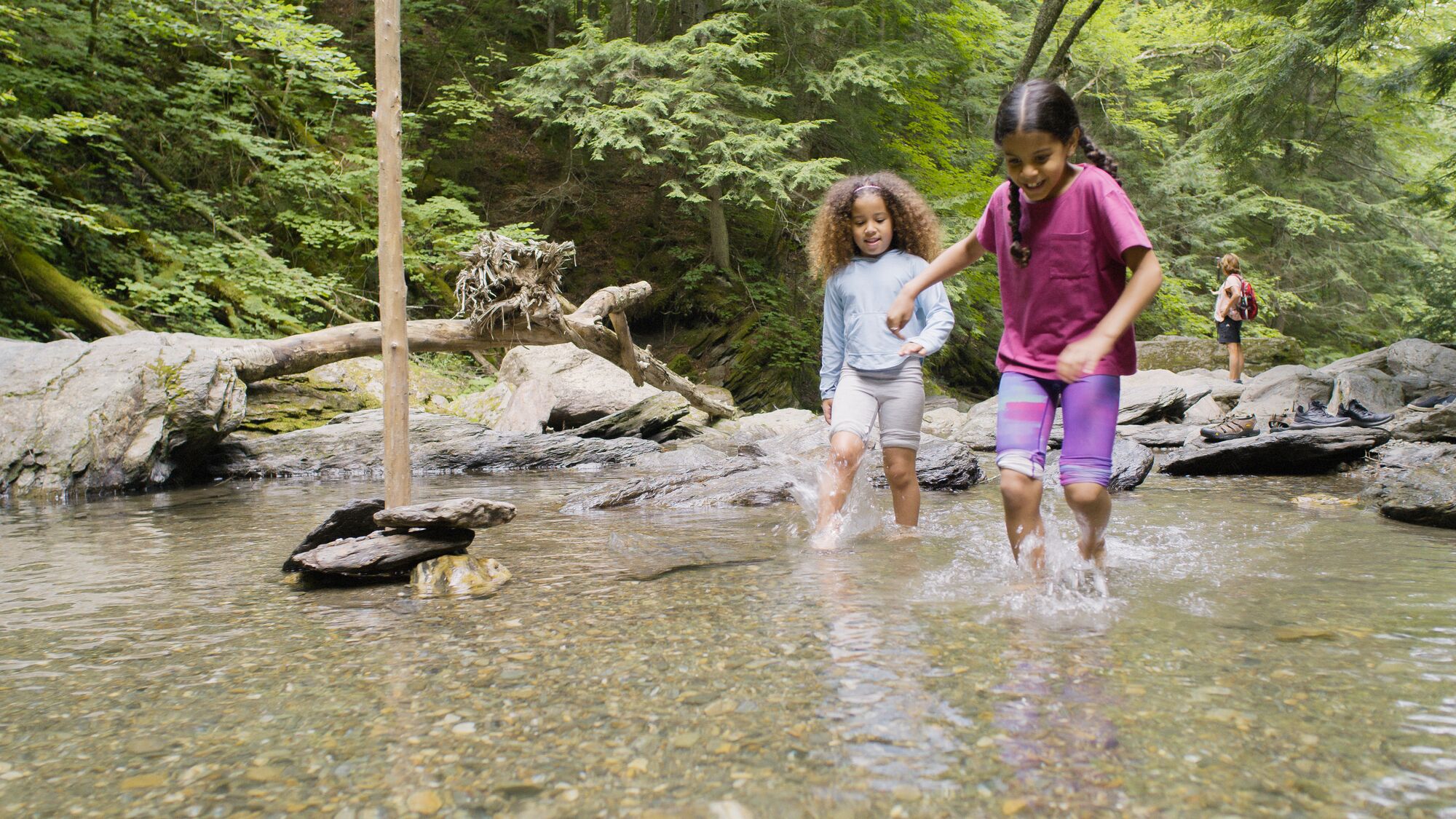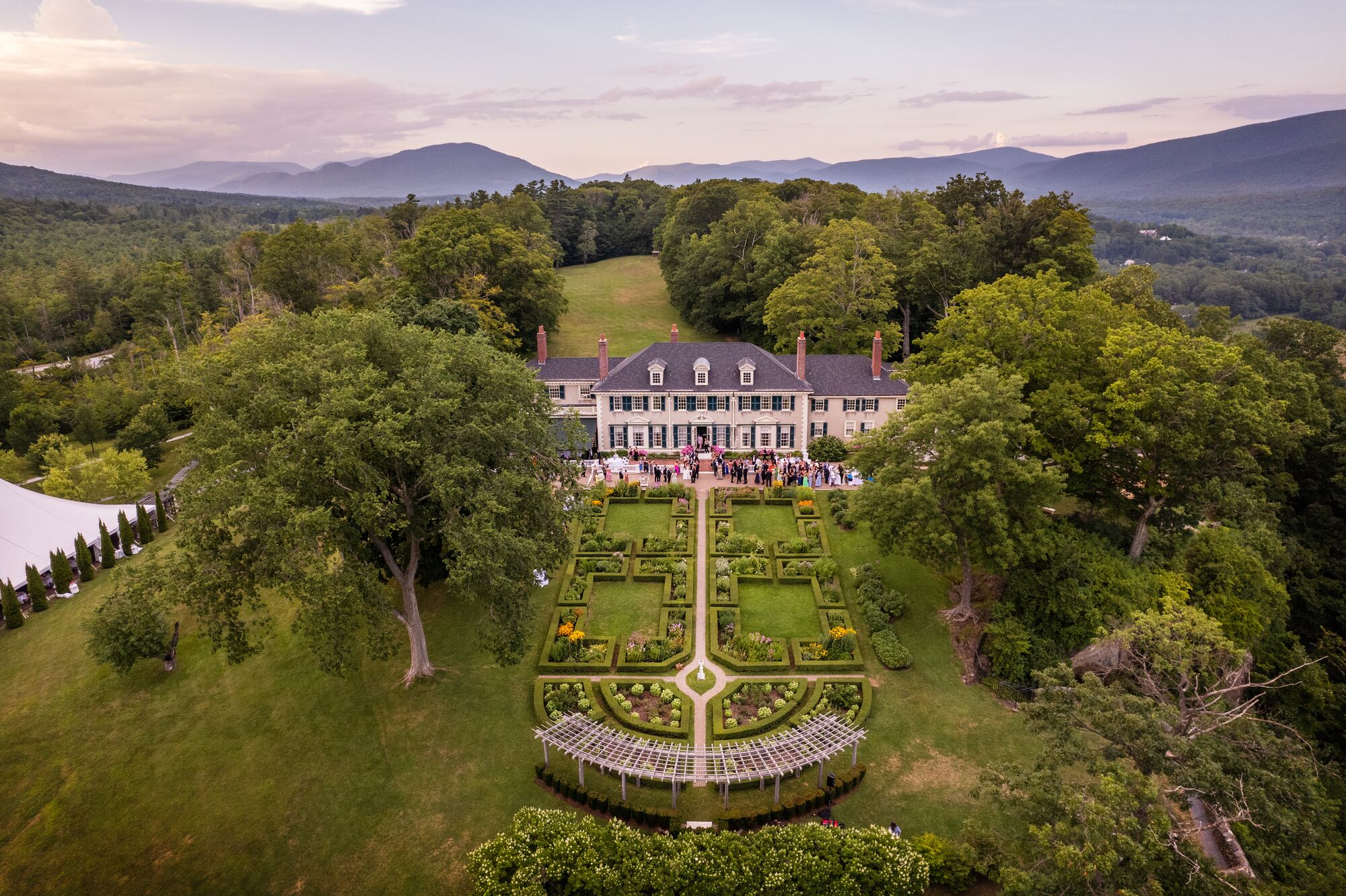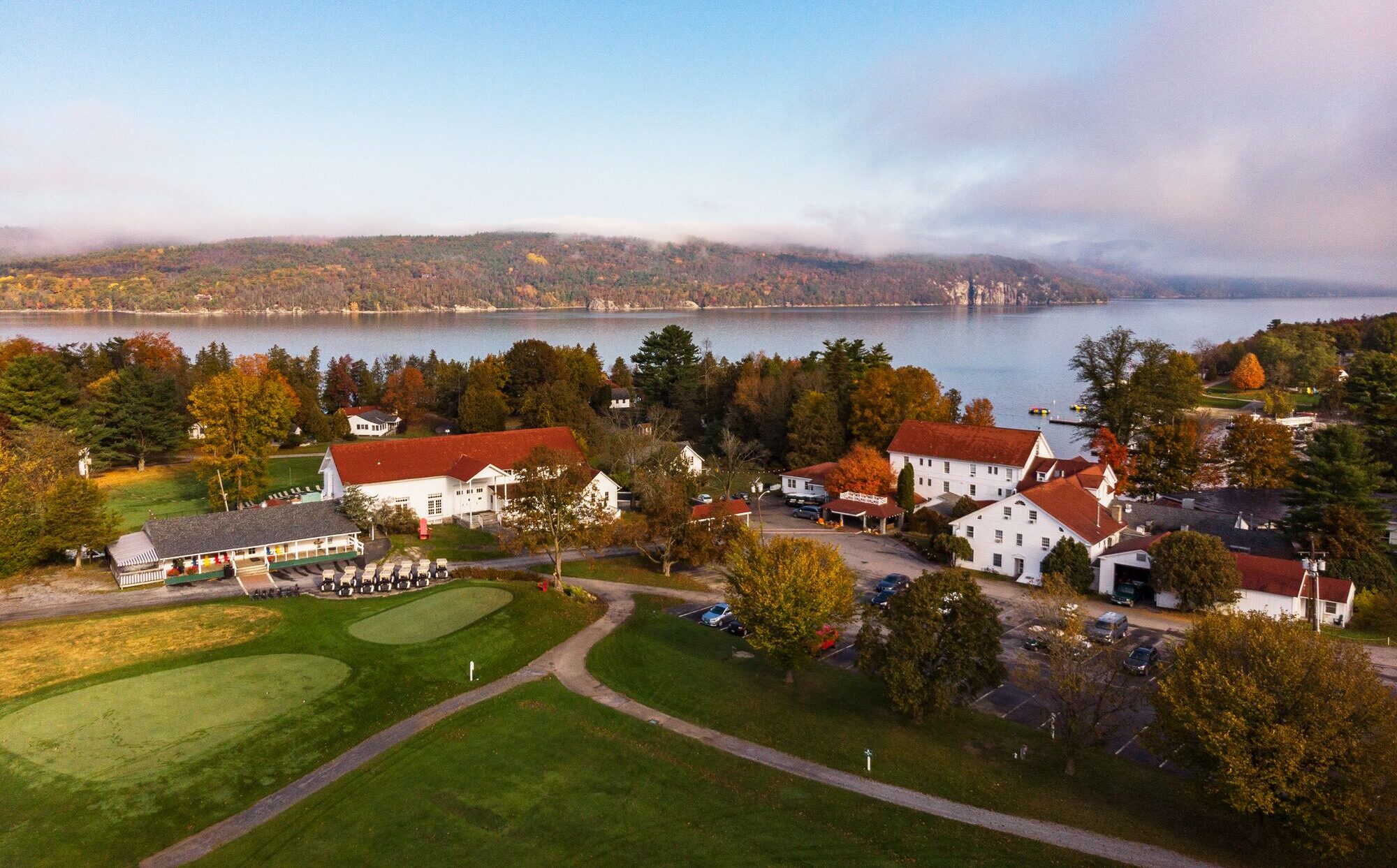Robert Frost Stone House Museum
A Poetic Pilgrimage to the Robert Frost Stone House Museum in Shaftsbury
By Sally Pollak and Jay Parini
Story originally published in Seven Days on 08|31|2021.
One hundred and one years ago, Robert Frost and his family moved to an 18th-century stone-and-clapboard house in Shaftsbury. The poet, who four decades later would be named the first poet laureate of Vermont, lived in the house for nine years — writing poems, tending an apple orchard, raising chickens and walking in the woods.
Today, the house and seven of the original 90 acres are managed by Bennington College and open to the public six months a year. Visitors to the Robert Frost Stone House Museum can see the room where Frost wrote one of his best-known poems, “Stopping by Woods on a Snowy Evening,” on a June day in 1922. They can walk on a little path posted with a handful of his poems and meander through an orchard in which four of the apple trees are descendants of Frost’s.
It was here in Shaftsbury — where Frost and his family lived first in the Stone House and then at a nearby farm called the Gulley — that the poet established important and enduring ties to Vermont. His connection to the state continued even beyond his death, in 1963 at age 88, because he’s buried here.
The Stone House is one of three places that together comprise an illuminating Frostian excursion to southern Vermont. It should be paired with a visit to the Bennington Museum and to Frost’s grave in a historic cemetery in Old Bennington, a site the Vermont legislature declared a “Colonial Shrine” in 1935.
Bennington College took over management of the Stone House in 2017. In addition to holding occasional educational courses and poetry readings there, it has established on-site programming, including student art shows and a produce drop-off for Vermonters facing food insecurity.
But the Stone House’s identity is Frost’s home, and its primary public purpose is to show people the place he lived and worked from 1920 to 1929. Frost was living there when he was awarded the 1924 Pulitzer Prize for Poetry for his book New Hampshire — the first of his four Pulitzers.
At the house, visitors learn about his life through framed letters, biographical notes and timelines, drafts of poems, and other documents on display. Of particular note is a letter Frost wrote to fellow poet and longtime correspondent Louis Untermeyer about his attempt, in the summer of 1922, to walk the Long Trail with his kids and their friends.
“I walked as per prophesy till I had no feet left to write regular verse with (hence this free verse) and that proved to be just one hundred and twenty five miles largely on the trail,” Frost wrote. “I slept out on the ground alone last night and the night before and soaked both my feet in a running brook all day. That was my final mistake. My feet melted and disappeared down stream. Good bye.”
Frost made it to Wolcott, according to the dateline on his letter, which he described as “nr Canada.” The younger hikers walked on without him and apparently completed the trail.
“I should admit that the kids all did two hundred twenty miles,” Frost wrote in a postscript. “I let them leave me behind for a poor old father who could once out-walk out-run and out-talk them but can now no more.”
This season at the Stone House, the room in which Frost wrote “Stopping by Woods” is given over to an exhibition of work by Mary Ruefle. She is Vermont’s current poet laureate and a 50-year resident of Bennington.
Ruefle practices erasure art, in which she erases words from various pieces of text to form poetry. As part of the exhibition, she “erased” Frost’s masterpiece, which was painted on the wall, to create her own poem, “Stopping.” The 17-word poem by Ruefle is a stunner.
“I absolutely love Frost,” Ruefle said. “I love him to death. If I didn’t love him, I wouldn’t erase him. I don’t mean any disrespect by doing it. To me, it’s a creative activity. I approach it with energy and glee.”
A particularly lovely spot for walking around the property is the orchard. Set at the edge of the apple trees is Frost’s poem “Good-bye and Keep Cold.” With apple season approaching, a trip to Shaftsbury to read the poem becomes a special treat.
Robert Frost Stone House Museum, 121 Historic Route 7A, Shaftsbury, 447-6200. Open Thursdays through Mondays, 10 a.m.-4 p.m., through October 31.
‘At Present in Vermont’
Bennington Museum offers art with a “Frostian sensibility”
Bennington Museum is probably best known for its Grandma Moses collection. The 20th-century folk artist captured rural life in her paintings, including scenes of Vermont in works such as “Bennington” (1953).
The museum recently turned its attention to Robert Frost, another iconic figure who “was inspired by the local landscape,” the museum notes. It conceived of an exhibition to coincide with the 2020 centennial of his arrival in Shaftsbury, a small town on the Bennington border. But COVID-19 delayed the opening of “Robert Frost: At Present in Vermont” until the spring of 2021. On view through November 7, the exhibition offers fascinating context and insight to Frost’s life and work in Bennington County, including his relations with artists and writers.
“When you have figures like [Frost and Moses] who are so famous and have mythologies built around them, I think it’s really important to try to ground them and their work in the time and place in which they were working,” said Jamie Franklin, curator of the museum and the Frost exhibition.
“A poet’s work comes from their lived experience,” he added.
Like the Stone House, the exhibition displays some Frost correspondence, including a copy of a letter he wrote to Vermont author Dorothy Canfield Fisher in the summer of 1926. The subject is his home in Shaftsbury.
“My children and grandchildren (singular) will believe it when you tell them it is an interesting old historical house they live in,” Frost wrote. “If I told them they might put it down to professional poetry.”
The artwork in the exhibition depicts the landscape of Frost’s New England — and of his poetry. There are woodcuts by J.J. Lankes, whose images illustrate Frost’s 1923 poetry collection, New Hampshire, as well as paintings by Charles Burchfield, an artist from Buffalo, N.Y., who wrote about visiting the Frosts at the Stone House in a 1924 journal entry.
In curating the exhibition, Franklin was interested in art “that echoed a kind of Frostian sensibility.”
“There’s this idea of using the natural world, and the landscape in particular, as a kind of metaphor for the human condition and our experiences in the world,” he said.
In 1929, Frost and his wife, Elinor, moved from the Stone House to the Gulley, a farm two miles away. The Stone House remained in the family as the home of the Frosts’ son, Carol, and daughter-in-law, Lillian, to whom they’d given the house and land as a wedding present.
In a January 1929 letter to poet Louis Untermeyer, the text of which is on display at the Bennington Museum, Frost wrote: “I bought a farm for myself for Christmas. One hundred and fifty three acres in all, fifty in woods … The woods are a little too far from the house. I must bring them nearer by the power of music like Amphion or Orpheus … You must see us together, the trees dancing obedience to the poet (so called).”
Frost is buried with Elinor and other family members in a cemetery in Old Bennington, about five miles from the Stone House. His epitaph, etched on a grave that lies flat to the ground, is a line from his poetry: “I Had A Lover’s Quarrel With The World.”
“It was his resting place of choice,” noted Frost scholar Jay Parini, a professor at Middlebury College, “so it must have been deeply significant to him.”
“Robert Frost: At Present in Vermont,” on view through November 7 at Bennington Museum, 75 Main St., Bennington, 447-1571.
‘A Simple Poem’
A poetry scholar’s read on “Stopping by Woods on a Snowy Evening”
“Stopping by Woods” is one of the greatest poems Frost ever wrote — written in a spurt of creative energy while he was living in Shaftsbury. Frost himself once said that he hoped to “lodge half a dozen poems in a place where they couldn’t be gotten rid of easily.” He managed that, and this poem is one of the six. I’d myself say that Frost “lodged” more than 20 poems in a place of permanence in American literature.
This poem, however, is a simple poem about isolation, nature and death — and the will to continue, which is perhaps the best definition of “life” I can muster. A man alone in the woods: That’s the scene, and it’s a typical Frost setting and theme. The setting, a horse-drawn sled, takes us back to the 19th century.
The poem has some of the best lines in Frost: “The only other sound’s the sweep / Of easy wind and downy flake.” The syllables and vowels play together so perfectly, creating memorability, and poetry is nothing if not memorable language.
But the speaker, like Frost himself at times, seems isolated. He is a stranger on the land, though he knows who owns the woods. A neighbor? A distant landowner? God? Everything is possible here.
The poem moves in concentric rings of symbolism toward: “The woods are lovely, dark and deep.” That’s one of the high points in Frost as a poet.
— Jay Parini
Jay Parini lives in Weybridge. He is the author of Robert Frost: A Life and the D.E. Axinn professor of English and creative writing at Middlebury College.
Seven Days Staytripper Series
Created by Seven Days, the “Staytripper: The Road Map for Rediscovering Vermont” series presents curated excursions statewide. The series was originally published from 2020-2022 and highlights Vermont restaurants, retailers, attractions, and outdoor adventures to spotlight all corners of the state.



